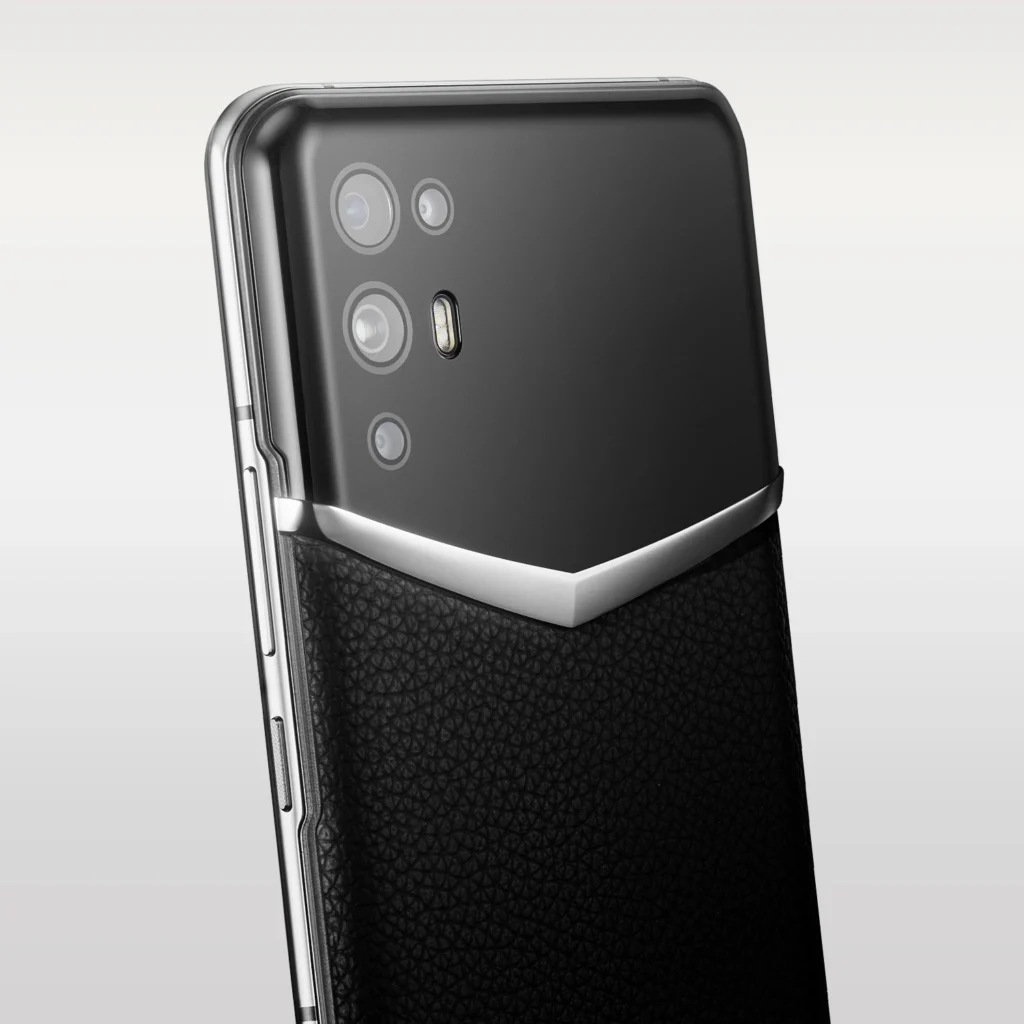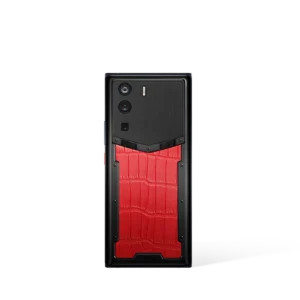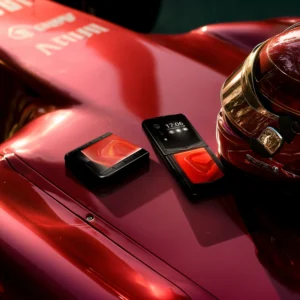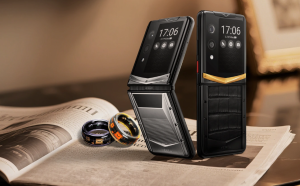
Tired of missing the perfect shot because your phone's camera just can't keep up? Unsure which device offers the professional-grade photography you crave without the bulk of a DSLR?
What You'll Learn:
- Defining what makes a camera phone “the best” in 2025.
- Key benefits and features to look for in top camera phones.
- A step-by-step guide to getting started with your new device.
- Essential best practices and expert tips for stunning mobile photography.
- Advanced techniques to elevate your smartphone photography skills.
What is Best Camera Phone?
In 2025, the “best camera phone” isn't just about megapixels; it's a complex interplay of advanced hardware, sophisticated software, and intuitive user experience designed to capture professional-quality images and videos. These devices are engineered to provide versatility, exceptional low-light performance, and creative control, making them indispensable tools for both casual users and aspiring photographers.
Understanding Best Camera Phone
A truly exceptional camera phone in 2025 excels across several critical areas:
- Sensor Size and Quality: Larger sensors capture more light, leading to better detail, dynamic range, and low-light performance.
- Lens Systems: Multiple lenses (wide, ultrawide, telephoto, macro) offer creative flexibility. Optical zoom is crucial for maintaining image quality at a distance.
- Image Processing: Powerful AI algorithms and dedicated image signal processors (ISPs) enhance photos in real-time, managing noise, color accuracy, and sharpness.
- Video Capabilities: High resolution (8K), advanced stabilization, cinematic modes, and pro video controls are becoming standard.
- Software and Features: Intuitive camera apps, manual controls, RAW capture, and innovative AI-driven modes like portrait enhancement and night modes are key differentiators.
Key Benefits and Features
Owning a top-tier camera phone unlocks a world of photographic possibilities:
- Unparalleled Convenience: Your best camera is always with you.
- Exceptional Image Quality: rivaling dedicated cameras in many scenarios.
- Versatile Shooting Options: From sweeping landscapes to intimate portraits.
- Advanced Creative Tools: Manual controls, RAW files for post-processing, and unique shooting modes.
- Seamless Sharing: Instantly share your masterpieces online.
Here's a look at some leading camera phones and their standout features:
| Feature | Apple iPhone 16 Pro Max | Samsung Galaxy S25 Ultra | Google Pixel 9 Pro |
| Main Camera | 48MP | 200MP | 50MP |
| Ultrawide | 12MP | 12MP | 12MP |
| Telephoto | 12MP (5x Optical Zoom) | 10MP (3x Optical Zoom)<br>10MP (10x Optical Zoom) | 48MP (5x Optical Zoom) |
| Periscope Zoom | N/A | Yes (10x Optical) | Yes (5x Optical) |
| Low Light | Excellent | Excellent | Exceptional |
| Video | 4K@60fps, ProRes | 8K@30fps, Pro Video Mode | 4K@60fps, HDR+ |
How to Get Started with Best Camera Phone
Transitioning to a new camera phone is an exciting process. Whether you're upgrading from a previous model or entering the world of advanced mobile photography, a few steps will ensure you're ready to capture stunning images.
Prerequisites and Requirements
Before diving in, ensure you have:
- Your New Camera Phone: The primary tool.
- Adequate Storage: High-resolution photos and videos consume significant space. Consider cloud storage or larger internal storage options.
- A Reliable Charger: For those extended shooting sessions.
- Optional Accessories: A portable power bank, a small tripod, or a lens kit can enhance your experience.
- Basic Understanding: Familiarize yourself with your phone's operating system and general camera app layout.
Step-by-Step Setup Process
- Initial Setup & Updates: Power on your new phone and follow the on-screen prompts for initial setup. Ensure all system and app updates, especially for the camera software, are installed.
- Camera App Exploration: Open the native camera app. Take a few minutes to explore its interface. Identify the different shooting modes (Photo, Portrait, Night, Pro, Video, etc.) and common settings like flash, timer, and aspect ratio.
- Enable Pro/Manual Mode: If your phone has a Pro or Manual mode, locate and enable it. This is crucial for gaining creative control over settings like ISO, shutter speed, and white balance.
- Configure Image Quality: Navigate to the camera settings. Ensure you are shooting at the highest possible resolution and consider enabling RAW capture if you plan on extensive post-processing.
- Resolution: Set to maximum (e.g., 48MP, 200MP).
- File Format: Choose RAW (often DNG) if available and desired.
- HDR: Understand and configure High Dynamic Range settings. Auto HDR is usually a good starting point.
- Practice with Basic Shots: Start with simple subjects. Take photos in good lighting, experiment with different angles, and zoom in to check detail.
Best Practices for Best Camera Phone
To truly leverage the power of your camera phone, adhering to certain best practices will significantly improve your results.
Industry Standards
- Lighting is Paramount: Always seek good light. Natural light is often the most flattering. Position your subject with the light source behind you.
- Composition Matters: Employ the rule of thirds, leading lines, and symmetry to create visually appealing images.
- Stable Shots: Hold your phone steady, using both hands. For critical shots or low light, use a tripod or rest your phone on a stable surface.
- Avoid Digital Zoom: Optical zoom lenses are far superior. If you must zoom beyond the optical limit, digital zoom will degrade image quality.
Expert Recommendations
“Don't be afraid to get close to your subject. Sometimes the most compelling shots are intimate and detailed. Also, experiment with different perspectives – shoot from low down or high up.” – Award-winning Smartphone Photographer, Sarah Lee
Here are some expert tips:
- Mastering Focus: Tap on your screen to set the focus point precisely where you want it. This is especially important for portraits.
- Exposure Control: Most camera apps allow you to adjust exposure manually by sliding your finger up or down after tapping to focus.
- Utilize Portrait Mode: For professional-looking portraits with blurred backgrounds (bokeh), Portrait Mode is your best friend. Experiment with different lighting effects.
- Explore Night Mode: For low-light conditions, Night Mode is essential. Keep your phone as still as possible while the camera captures multiple exposures.
- RAW vs. JPEG:
- JPEG: Compressed, ready to share, but less editing flexibility.
- RAW: Unprocessed data, maximum editing potential, larger file size.
Advanced Best Camera Phone Techniques
Ready to push the boundaries of your mobile photography? These advanced techniques will help you capture truly extraordinary images.
Professional Tips
- Manual Focus: In Pro mode, manually adjust focus to achieve precise sharpness, especially for macro shots or creative depth-of-field effects.
- Shutter Speed Control: Experiment with slow shutter speeds (e.g., for silky water effects or light trails) and fast shutter speeds (to freeze motion).
- White Balance: Learn to adjust white balance manually to ensure accurate colors under different lighting conditions (e.g., tungsten, fluorescent, daylight).
- Bracketing: Take multiple shots of the same scene at different exposures (underexposed, correctly exposed, overexposed). This is invaluable for High Dynamic Range (HDR) photography.
Advanced Strategies
- Leverage Third-Party Apps: Apps like Halide, ProCam, or Adobe Lightroom Mobile offer more granular control and advanced features than native camera apps, including superior RAW processing and manual controls.
- Mastering HDR: Understand how your phone's HDR works. For challenging scenes with bright highlights and deep shadows, HDR is crucial. You can often fine-tune HDR settings or manually bracket shots for professional results.
- Creative Use of Lenses: Don't just stick to the main lens.
- Ultrawide: For dramatic landscapes and architectural shots.
- Telephoto: For isolating subjects, portraits, and capturing distant details.
- Macro: For intricate close-up details of insects, flowers, or textures.
- Post-Processing Workflow: A robust editing workflow is key to professional results.
- Select and Import: Choose your best shots.
- Basic Adjustments: Crop, straighten, adjust exposure, contrast, highlights, shadows, and white balance.
- Color Grading: Enhance the mood and aesthetic of your image.
- Sharpening and Noise Reduction: Apply these judiciously.
FAQ (Frequently Asked Questions)
Q: What is the most important feature to look for in a camera phone?
A: While sensor size and lens quality are critical, the image processing software and AI capabilities are increasingly vital in 2025. This includes how well the phone handles low light, dynamic range, and offers advanced features like computational photography.
Q: Can a smartphone camera really replace a DSLR or mirrorless camera?
A: For most everyday photography and even professional social media content, yes. However, for specialized needs like extreme low-light, very shallow depth of field control, or professional video production with interchangeable lenses, dedicated cameras still hold an advantage.
Q: How do I improve my phone's low-light photography?
A: Utilize your phone's Night Mode whenever possible, keep the phone as still as possible (use a tripod or stable surface), and consider editing in post-processing to bring out detail and reduce noise.
Q: What does “RAW” mean in camera settings, and should I use it?
A: RAW files contain unprocessed data directly from the camera sensor. This offers significantly more flexibility for editing white balance, exposure, and colors compared to JPEGs. You should use RAW if you plan to edit your photos extensively in post-processing software.






